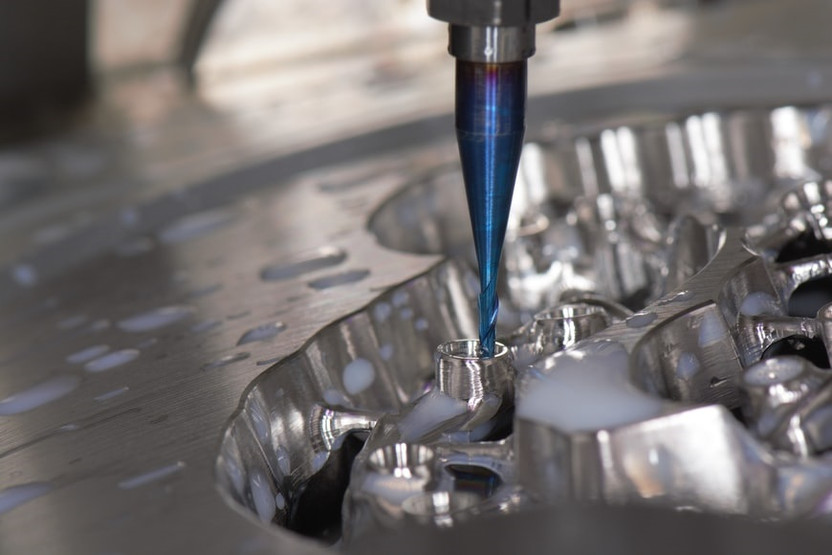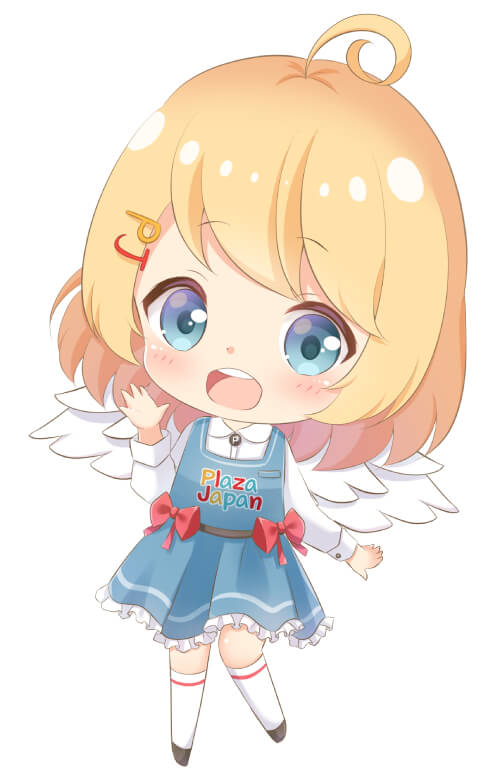How Are Plastic Model Kits Made?
Jan 21, 2022
If you’re a fan of scale models, chances are you’ve wondered how they’re actually made. While it varies from company to company, plastic models are typically produced using a process called injection molding for toys. A lot more goes into this than you’d expect. We’re talking lots of money, research, engineering, and time. From inception to production, a new scale model can take up to a full year to come to fruition.
So let’s dive into how plastic model kits are made!
What is injection molding for toys and scale models?
Injection molding is a manufacturing process for producing certain parts or items by injecting molten material into a mold. The molten material is then cooled, solidified within the mold, and removed. Injection molding isn’t exclusive to the toy/hobby industry. This manufacturing method is used in various industrial applications. As for how plastic model kits are made, the process is more or less the same.
The injection molding machine is made up of 3 main parts:
- The Injection Unit, which is comprised of:
- The Hopper
- The Auger
- The Barrel
- The Heater
- The Nozzle
- The Clamping Unit, which is comprised of:
- The Mold Cavity
- The Mold Core
- The Moveable Platen
- The Controls
- The Base
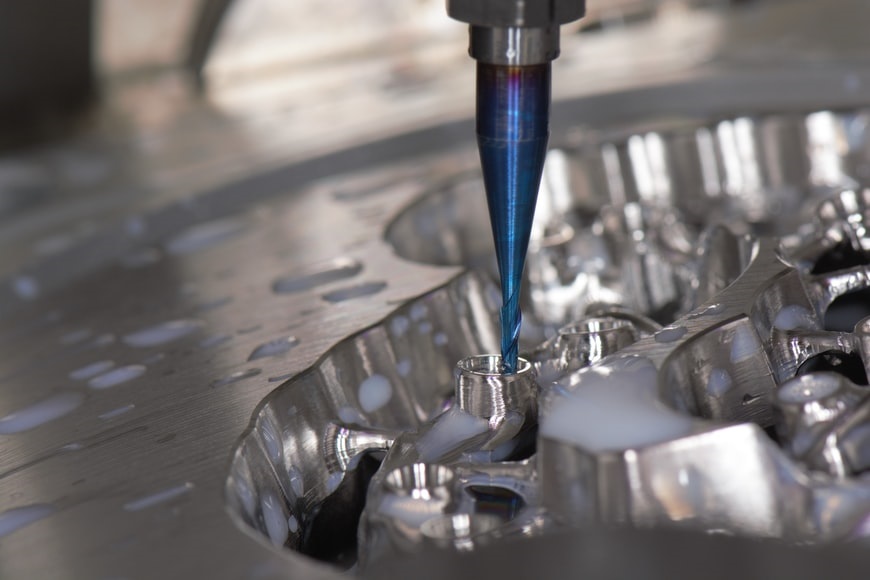
The Design Process
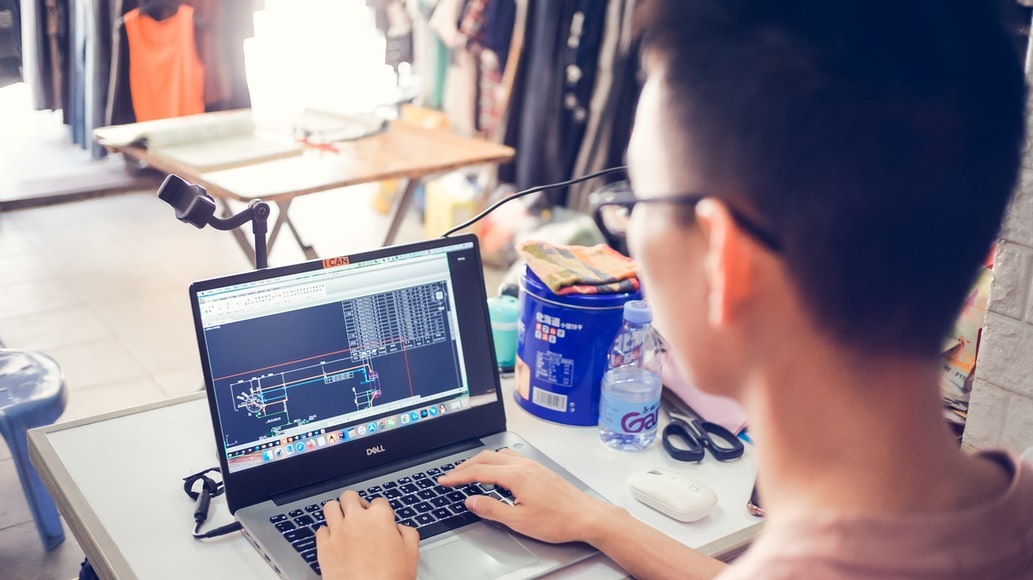
The first step in how plastic model kits are made is extensive research. That includes taking various photos of the real-life object (like a plane or car) from all angles with precise measurements for accurate reproduction later.
For instance, for a scale model of a car, car manufacturers provide model-makers precise specs of the car. This allows the model designers to use computer-aided design (CAD) programs to work out the configurations for the scale model. The CAD drawings are then used to carve out the molds used in the injection molding process for toys later. This labor-intensive process can take hundreds of engineering hours to complete.
After this comes the pattern-making phase. Expert carvers will follow the CAD drawings to carve out a pattern model (let’s call it a prototype) from wood. This prototype is the first, rough copy in the process of how plastic model kits are made and starts off about 2-3 times bigger than the actual scale model is intended to be. This provides better accuracy and allows for additional detail to be added. As each prototype is carved, the pattern makers fit them together. The accuracy involved is mere fractions of a millimeter.
Once the prototypes are carved, each piece is coated and cured with epoxy resin. Once hardened, the wooden pieces are removed leaving their shape trapped within the resin. Afterward, a core mold of this hollow space is made. The two halves come together to form a cavity mold. This is how plastic models for kits are made. The entire carving and epoxy process can take over 1000 hours!
You know that rectangular, plastic thing you pull out of the box that all the pieces are connected to? That’s called the “tree”. While the carving and epoxy process is happening, design engineers are busy making the tree with some more CAD software. All the arms protruding from the tree are considered “branches”. The branches narrow down to the nodes holding individual pieces of the model that you later snap off for assembly. These are used as molds during the injection mold process for toys farther down the line.
Later, a pantograph is used to copy the exact shape and design of each component of the scale model prototype on a smaller scale: the size of the actual model. This is one of the final steps in how plastic model kits are made. The final piece is polished and additional detail is added.
Meanwhile, another group of designers is drafting the instructions for hobbyists to follow. They do this by taking the original pattern model and reassembling it themselves. As they go, they detail the steps. At the same time, a group of artists is putting the final touches on decals, packaging illustrations, artist impressions, and so on. The packaging will also show the level of difficulty, how many parts are included, and any manufacturer details.
After a few rounds of safety checks and quality control, the manufacturing process gets a green light. Cue injection molding! This is the final manufacturing step in how plastic model kits are made.
What does the injection molding process for toys look like?
While the design process can be a lengthy one, the injection molding process is completed in about a minute or less.
Once a design is determined, the material that will be melted down within the mold is fed into the machine via the hopper. In the case of how plastic model kits are made, that material would be plastic pellets.
Once the material is fed into the machine, an auger (or internal screw) rotates moving the plastic pellets through the barrel into the heater. Once there, the material begins being melted down from a solid to a thick liquid consistency which is its molten state. From there, it is injected through the nozzle via pressure (hence the name injection molding for toys).
The nozzle moves into one half of the mold. When the cycle begins, the two halves of the mold will close forming a hollow cavity. The auger drives the melted plastic forward with pressure into the mold cavity.
Once the mold cavity has been filled with the melted plastic, it is cooled to harden back to a solid state. Typically, this is initiated with a gush of cold water flowing through the mold and drawing away the heat. When the plastic has hardened in the mold, the two halves come apart, ejecting the hardened material.
…And boom! That’s a brief run-down on how plastic model kits are made!
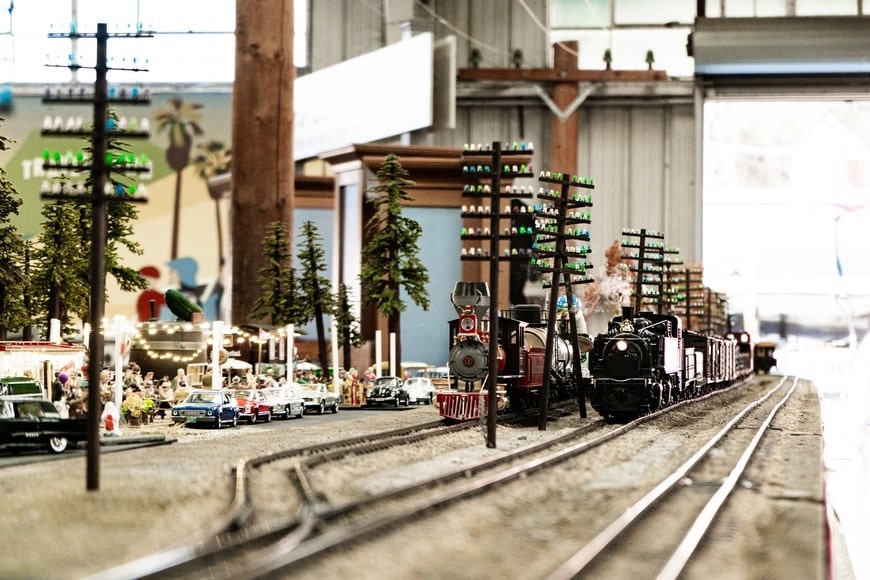
Ready to give one a go? Shop authentic, Japanese plastic model kits now and experience Japanese scale model design yourself!
 JPY
JPY  Euros
Euros
 British Pounds
British Pounds
 Australia Dollars
Australia Dollars
 US Dollars
US Dollars
 Canada Dollars
Canada Dollars
 Chinese Yuan
Chinese Yuan
 Singapore Dollar
Singapore Dollar
 Hong Kong Dollar
Hong Kong Dollar

